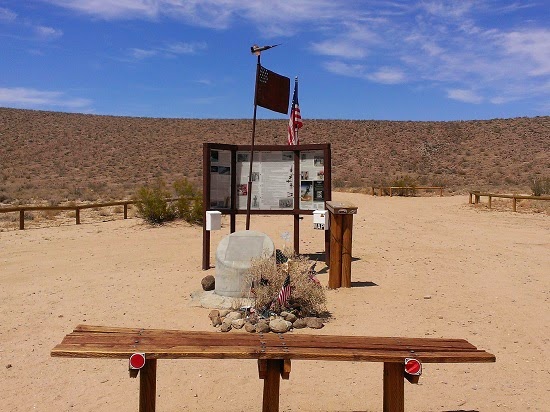On particularly interesting exchange between Bob Simon and a scientist related to what the earlier residents of Chile saw in the sky:
The scientists at ALMA aren't the first people to gaze at the skies from this desert. For generations, the indigenous people of the Atacama were fascinated, not by the brilliance of the stars, but by the very same dark corners of space. Chilean physicist Eduardo Hardy, ALMA's director of North American Operations showed us how they saw the universe.
Eduardo Hardy: They saw the equivalent of constellations. But instead of looking at stars to draw the shapes of the constellations, they used the dark patches to do that.
Bob Simon: The Greeks used the stars.
Eduardo Hardy: The Greek used the stars. The local populations used the dark patches, which is precisely what ALMA is looking at.
And in these dark patches, they saw reflections of their daily lives...llamas, for example. They spun a whole mythology around them.Sounds like a terrific nighttime view when it is the dark patches that are the oddity rather than the stars and galaxies.
You can find more on ALMA at this site. You can also read about earlier findings, such as the presence of carbon monoxide in a nearby solar system that may relate to planetary or comet collisions.
Image Credit: 60 Minutes (top image) and NASA's Goddard Space Flight Center/ Aki Roberge (bottom image).










